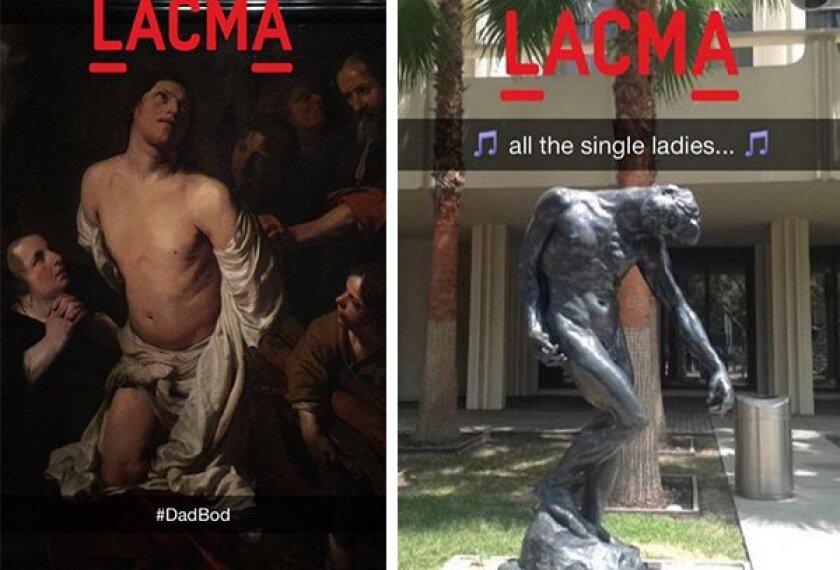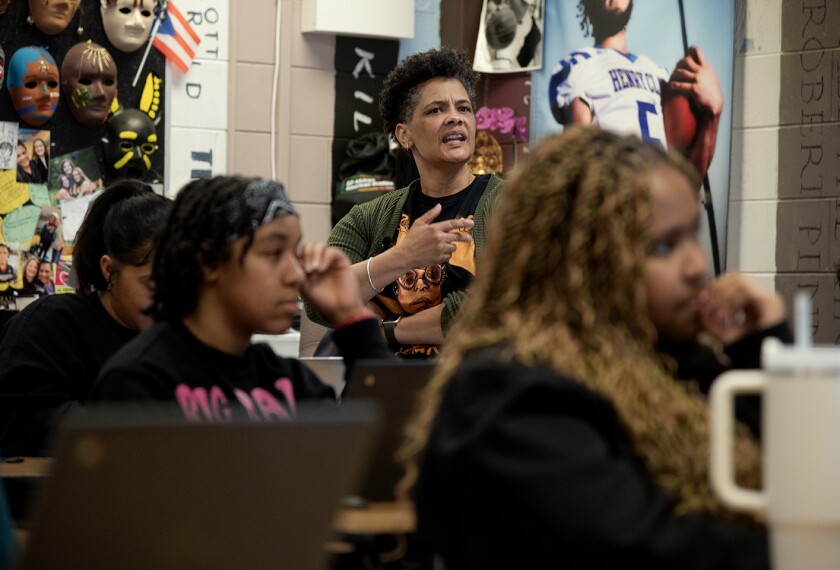Art museums are often depicted—perhaps unfairly—as stuffy, lumbering institutions that are slow to embrace change. But now, a growing number of those institutions are jumping headfirst into the new-age world of memes, snapchat, and Instagram.
These cultural institutions say they feel obligated to keep up with a generation that has taken an unprecedented interest in visual digital content.
The pervasiveness of memes is shaping not only the language of social media, but also the norms of language itself: The Oxford English Dictionary recently embraced an emoji, the “face with tears of joy” emoji as the 2015 word of the year.
One institution that has exploited the use of online images to engage young people is the L.A. County Museum of Art, or LACMA. The museum’s Snapchat profile, run by Social Media Manager Lucy Redoglia, who has aggressively promoted it, has over 180,000 followers. The average user age on Snapchat is 18.
Her strategy is to mash-up trendy pop culture references with images of artwork from the museum’s collection.
A popular entry included a picture of Auguste Rodin’s 1880 sculpture, “The Shade,” with the caption “all the single ladies.”
Last year, the museum posted an image of the Dutch artist Salomon de Bray’s 1652 “Martyrdom of Saint Lawrence,” with the irreverent hashtag #dadbod superimposed across it.
Redoglia has also arranged longer “snap stories” that animate every line of entire songs (Queen’s “Bohemian Rhapsody” was recently featured).
Images on Snapchat are ephemeral, meaning they are only displayed on a user’s device for 10 seconds before they must be replayed, and the platform does not allow Redoglia to link to any other content. Even so, she says the medium helps translate art into something “more approachable and relatable” for students.
Between 20 and 500 screenshots of each snap are taken by users, many of which are “shared” on social media, and some of them have gone viral, Redoglia said. That sharing generates free advertising to one of the institution’s core demographic audiences.
LACMA is not alone in pushing the boundaries between memes and fine art.
The Metropolitan Museum of Art and the Brooklyn Museum of Art are other leaders in the push to democratize collections in the name of accessibility—the Met having found social media success as far away as China’s Weibo micro-blogging platform. The popular Instagram channel turned fashion label, Fly Art, has also gained a following among millennials by mashing up classic art with contemporary rap lyrics.
But is the breezy treatment of history’s most significant cultural artifacts cheapening their value?
Redoglia said she tries to “keep a balance” between engaging new audiences and respecting the works of art. She points out that her presentation of pieces of art are “more formal” in other social media forums, including Facebook and Twitter.
Redoglia also referred to a recent quote from art historian Bendor Grosvenor in the British newspaper the Independent, who argued in favor of the initiative by saying, “Art can’t be devalued.”
“The Mona Lisa adorns everything from pizza boxes to toothpaste,” Grosvenor observed, “and still it’s regarded as one of the greatest paintings of all time.”





